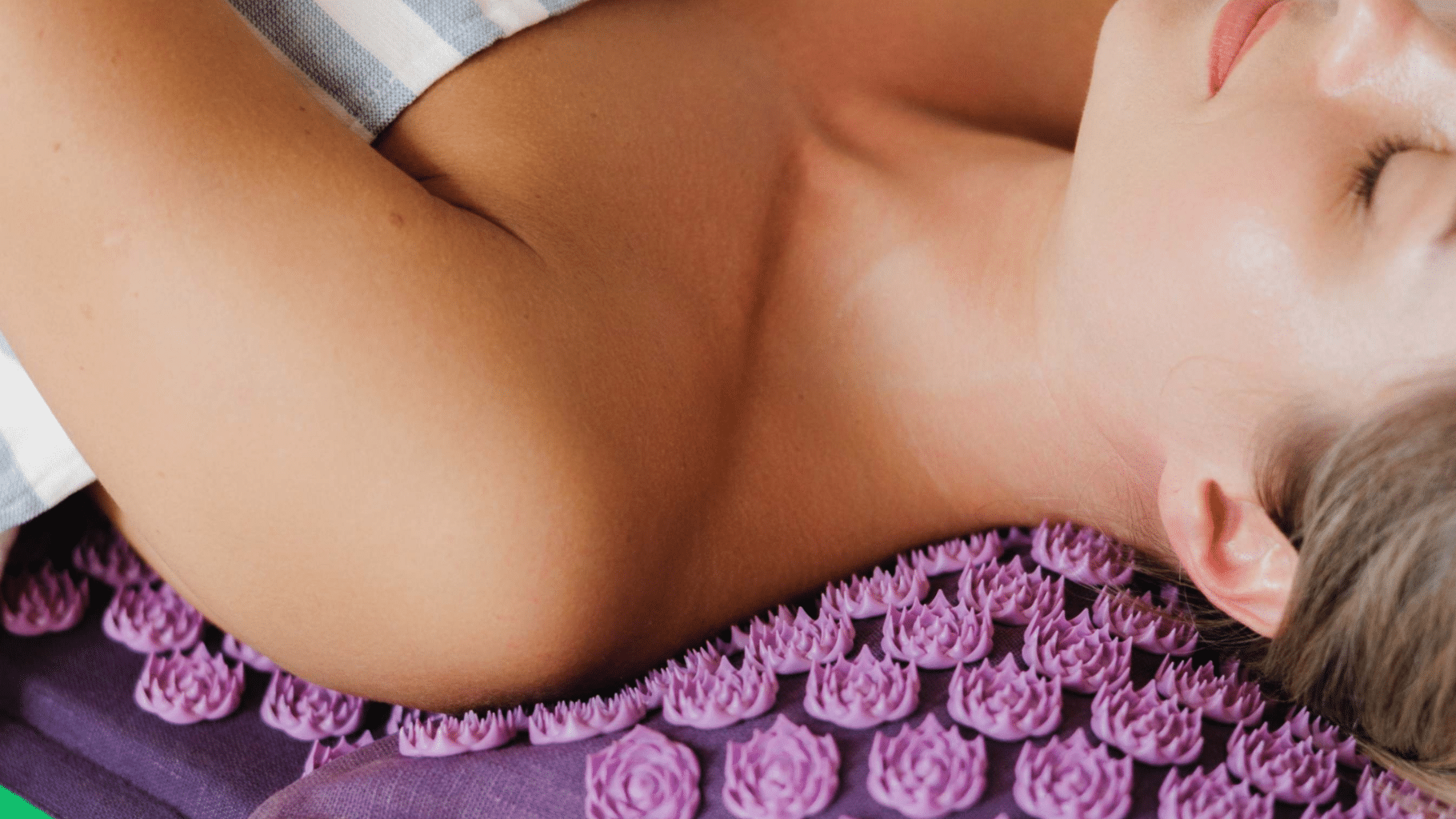When it comes to relieving muscle tension and improving overall physical health, a growing number of individuals are turning to an innovative treatment modality: muscle vibration therapy. With its unique ability to stimulate deep tissue relaxation and promote natural healing, this therapeutic approach is poised to revolutionize the way we manage muscle pain and discomfort.
What are the benefits of muscle vibration therapy?
Muscle vibration therapy has been shown to reduce muscle tension, improve circulation, and increase flexibility. It may also help alleviate pain and inflammation, promote relaxation, and enhance overall physical health. Additionally, this modality can be used to treat a range of conditions, including chronic pain, post-traumatic stress disorder (PTSD), and anxiety disorders.
Top Benefits of Muscle Vibration Therapy
- Pain Relief: Reduces muscle tension and chronic pain.
- Circulation Boost: Enhances blood flow to affected areas.
- Performance Enhancement: Increases muscle power and endurance.
- Stress Relief: Encourages relaxation and reduces mental fatigue.
- Faster Recovery: Accelerates healing process for athletes and individuals.
- Muscle Relaxation: Promotes deep tissue massage and reduced muscle soreness.
What is Muscle Vibration Therapy?
Muscle vibration therapy is a technique where vibrations are applied to muscles to enhance physical performance and recovery. This therapy uses specialized devices to create mechanical oscillations that stimulate muscle fibers. It’s like giving your muscles a high-frequency workout without breaking a sweat.
The benefits of this therapy are wide-ranging. It helps with muscle relaxation, increased blood flow, and pain relief. Athletes often use it for quicker recovery, while others might use it to manage chronic conditions or enhance overall well-being. Imagine feeling like you just had a spa day after a 10-minute session.
How does it work? The vibrations trigger muscle contractions and reflex responses, similar to natural movements but more intense. By doing so, it improves circulation and helps to break down lactic acid, the culprit behind muscle soreness. Think of it as your secret weapon for quicker recovery and enhanced performance.
History of Muscle Vibration Therapy
Muscle vibration therapy isn’t a new concept; it has evolved significantly over time. Initially, the idea of using vibrations for health benefits can be traced back to ancient Greece. Back then, it was all about natural methods like vibrating reeds.
The 20th century saw advancements with the invention of mechanical devices. These machines laid the groundwork for modern vibration therapy as we know it today. Highlighting notable milestones, NASA explored vibration techniques to help astronauts maintain muscle mass in zero gravity.
Over the years, technology refined these methods, leading to variations like electric and vibration therapy and whole-body approaches. The therapy’s evolution is a fascinating testimony to how far we’ve come in understanding and leveraging vibrations for health benefits.
Applications of Muscle Vibration Therapy
Muscle vibration therapy serves multiple purposes across various fields. Physical rehabilitation is a prominent area. Patients recovering from injuries or surgeries can benefit from targeted vibrations to accelerate healing and regain mobility. It’s not magic; it’s science.
Sports training also makes good use of this therapy. Athletes incorporate it into their routines for enhanced performance, quicker recovery, and effective warm-ups. Vibrations improve muscle power, flexibility, and endurance, giving them an edge in competitions.
Additionally, the therapy extends its benefits to stress relief and mental health. By stimulating relaxation and reducing tension, it serves as an effective tool for managing stress. For those searching “vibration therapy near me,” it’s becoming an increasingly popular method for achieving mental well-being. Check out other relaxation techniques for additional stress-busting tips.
Potential Risks and Limitations
While muscle vibration therapy offers numerous benefits, it’s not without its risks. Overuse or improper application can lead to muscle strains or exacerbation of existing conditions. It’s essential to follow professional guidelines to ensure safe usage.
Certain individuals might need to exercise caution. Pregnant women, people with pacemakers, or those with severe health issues should consult healthcare providers before starting muscle vibration therapy. Always better to be safe than sorry, especially when dealing with medical treatments.
Even with these limitations, the future of muscle vibration therapy looks promising. Advances in technology and better understanding of its applications are making it safer and more effective. For a more detailed look into muscle vibration therapy, visit our detailed resource here.
| Feature | Description | Importance |
|---|---|---|
| Muscle Relaxation | Reduces muscle tension and spasms. | High |
| Pain Relief | Helps alleviate chronic pain and soreness. | Medium |
| Blood Flow Improvement | Enhances circulation, reducing inflammation. | High |
| Sports Performance Enhancement | Improves muscle power, flexibility, and endurance. | High |
| Mental Health Benefits | Reduces stress and promotes relaxation. | Medium |

Personal Thoughts
I’ve had my fair share of stress and anxiety, and I can attest that finding effective ways to manage them has been a game-changer for me. As someone who’s dealt with chronic stress, I know how it can impact every aspect of your life.
Muscle vibration therapy has been one such tool that’s helped me regain control over my stress levels. It’s not a magic solution, but rather a valuable addition to my stress management toolkit. By incorporating this therapy into my daily routine, I’ve noticed a significant reduction in my overall stress and anxiety levels.
Frequently Asked Questions
What is muscle vibration therapy?
Muscle vibration therapy, also known as vibrational massage or EMS (Electrical Muscle Stimulation), uses low-frequency vibrations to stimulate muscle fibers and relax tense muscles. This non-invasive technique helps improve circulation, reduce inflammation, and promote recovery from physical activity.
How does muscle vibration therapy work?
When a muscle contracts and releases under the influence of electrical impulses, it experiences micro-tears that stimulate the body’s natural healing processes. Muscle vibration therapy utilizes this principle to stimulate muscle contractions, releasing tension and promoting relaxation, reduced pain, and improved flexibility.
Is muscle vibration therapy effective for pain relief?
Yes, studies have shown that muscle vibration therapy can be an effective treatment option for chronic pain management. By reducing muscle spasm and inflammation, vibration therapy can provide significant relief from conditions such as fibromyalgia, arthritis, and post-injury soreness.
Can I use muscle vibration therapy to improve athletic performance?
Yes, muscle vibration therapy has been used by professional athletes to enhance recovery and reduce muscle soreness after intense training or competition. By promoting blood flow and reducing inflammation, vibration therapy can help athletes bounce back faster from physical activity, leading to improved performance and reduced risk of injury.




